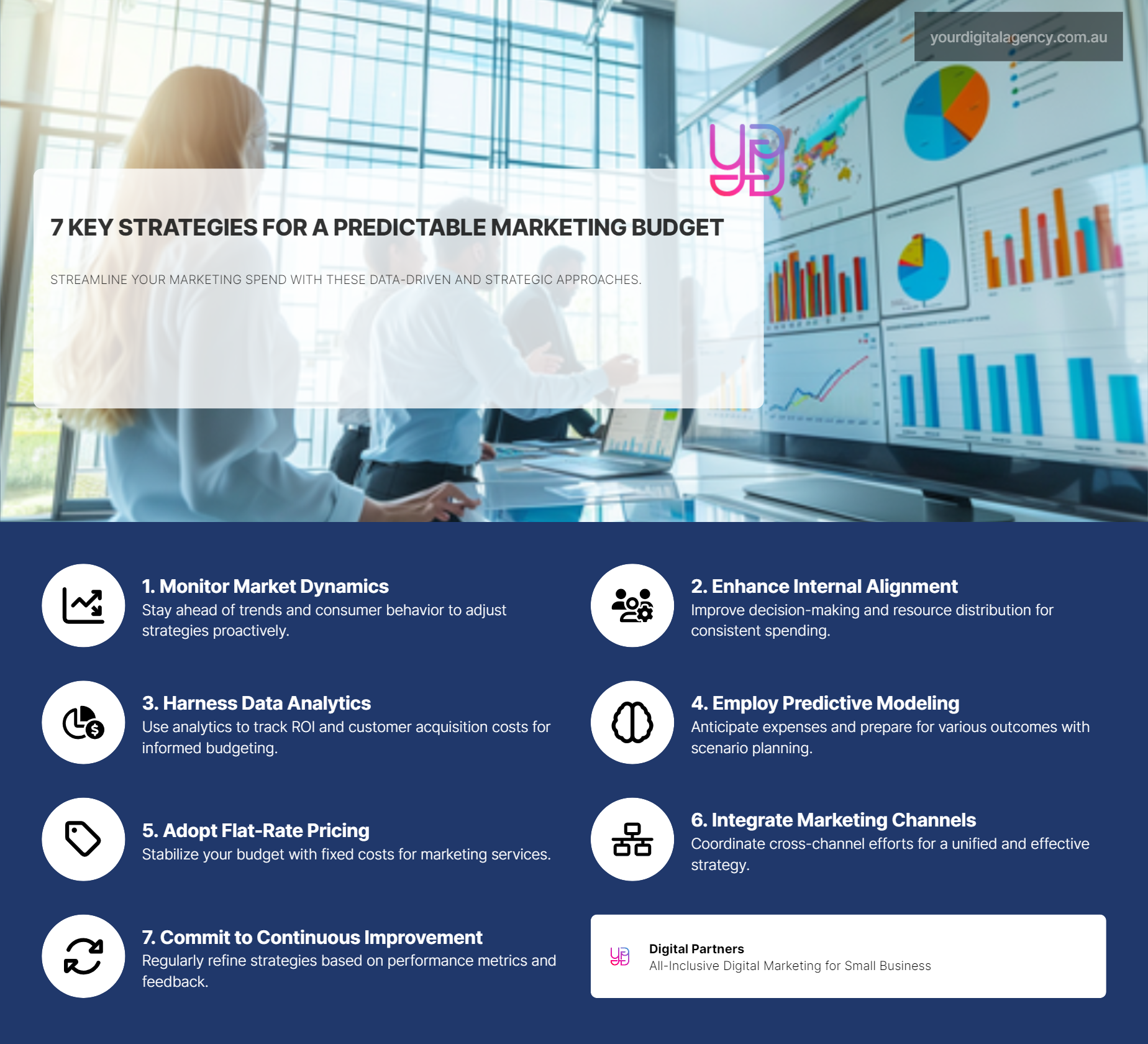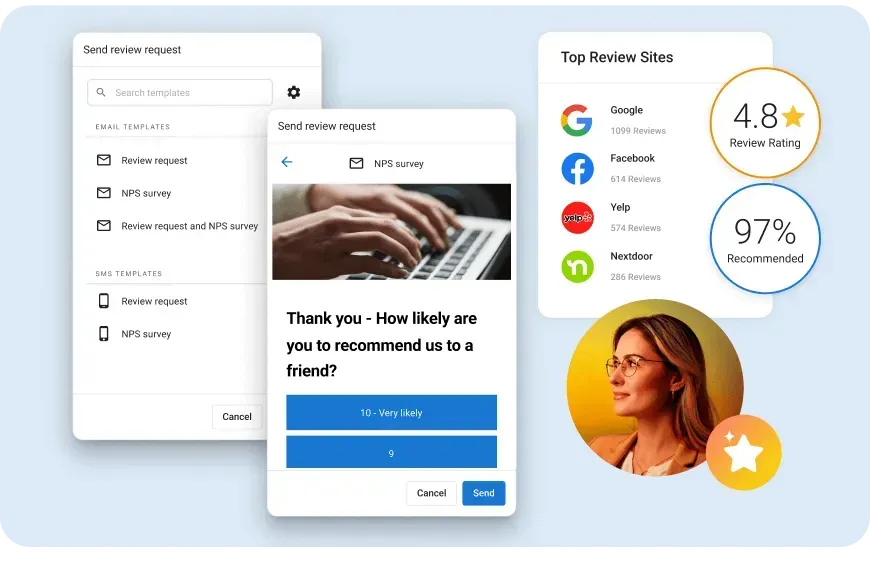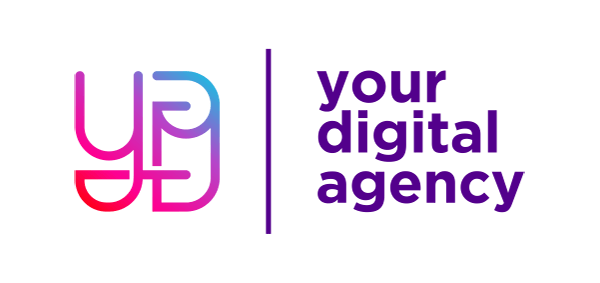UNLOCKING PREDICTABLE MARKETING BUDGETS
Achieving a predictable marketing budget involves fostering a culture of transparency, collaboration, and strategic foresight.

Navigating the unpredictable waters of marketing budgets can be a daunting task for any business. Fluctuating costs often disrupt strategic planning and hinder growth, leaving many wondering how to achieve a stable and effective marketing spend. What if there were ways to anticipate these changes and maintain consistency without compromising quality or reach? By understanding the root causes of budget variability and leveraging data-driven insights, businesses can unlock the potential for a more predictable marketing budget.
This guide explores practical strategies to help you achieve a consistent marketing spend. From analyzing market dynamics and internal factors to implementing flat-rate service models, you'll discover actionable steps to stabilize your marketing expenses. We also cover optimizing your marketing strategies for consistency, ensuring your efforts are both effective and financially predictable. Join forces with us and enhance your marketing strategy with our unparalleled blend of transparency and collaboration.
Understanding the Root Causes of Budget Variability
Market Dynamics and Consumer Behavior
Market dynamics and consumer behavior are pivotal factors that can significantly impact marketing budgets. Shifts in market trends, such as the emergence of new technologies or changes in consumer preferences, can lead to unexpected increases or decreases in marketing costs. For instance, the rise of social media platforms has drastically altered the landscape of digital marketing, necessitating new strategies and budget allocations. Additionally, seasonal trends, economic fluctuations, and competitive actions can further complicate budget planning.
To navigate these challenges, businesses must adopt a proactive approach to market analysis. This involves continuously monitoring market trends and consumer behavior to anticipate changes before they occur. By leveraging tools such as social listening, trend analysis, and consumer surveys, businesses can gain valuable insights into emerging trends and adjust their marketing strategies accordingly.
- Social Listening: Monitoring social media platforms to understand consumer sentiment and emerging trends.
- Trend Analysis: Analyzing historical data to identify patterns and predict future market shifts.
- Consumer Surveys: Gathering direct feedback from consumers to understand their preferences and expectations.
Internal Factors and Resource Allocation
Internal factors, such as decision-making processes and resource allocation, also play a crucial role in budget variability. Inefficient resource distribution, lack of clear communication, and misaligned priorities can lead to unpredictable marketing expenses. For example, sudden changes in marketing strategies or unplanned campaigns can result in budget overruns.
To address these issues, businesses must focus on improving internal processes and fostering a culture of collaboration and transparency. This includes establishing clear communication channels, setting realistic goals, and aligning marketing strategies with overall business objectives. Additionally, conducting regular audits of marketing activities can help identify inefficiencies and areas for improvement, ensuring that resources are allocated effectively.
Leveraging Data-Driven Insights for Budget Planning
The Power of Analytics
Data analytics has changed the way businesses approach marketing budget planning. By harnessing the power of data, businesses can gain a deeper understanding of their marketing expenses and make more informed decisions. Analytics tools enable businesses to track and analyze various metrics, such as customer acquisition costs, return on investment (ROI), and campaign performance, providing valuable insights into budget allocation.
Utilizing data analytics involves several key steps:
- Data Collection: Gathering data from various sources, such as website analytics, social media platforms, and customer relationship management (CRM) systems.
- Data Analysis: Using analytical tools and techniques to interpret the data and identify trends and patterns.
- Actionable Insights: Translating the analysis into actionable insights that can inform budget planning and decision-making.
Predictive Modeling and Scenario Planning
Predictive modeling and scenario planning are advanced techniques that can further enhance budget predictability. Predictive models use historical data and statistical algorithms to forecast future marketing expenses, helping businesses anticipate potential budget fluctuations. Scenario planning, on the other hand, involves creating multiple budget scenarios based on different market conditions, allowing businesses to prepare for various outcomes.
Implementing these techniques requires a strategic approach:
- Data Integration: Combining data from multiple sources to create a comprehensive dataset for predictive modeling.
- Model Development: Developing and testing predictive models using statistical software and machine learning algorithms.
- Scenario Analysis: Creating and analyzing different budget scenarios to identify potential risks and opportunities.
Implementing a Flat-Rate Service Model
Benefits of Flat-Rate Pricing
Flat-rate pricing models offer a straightforward solution to budget variability by providing fixed costs for marketing services. This approach eliminates the uncertainty associated with fluctuating expenses, allowing businesses to plan their budgets with greater accuracy. Flat-rate services also offer several additional benefits:
- Budget Stability: Fixed costs provide predictability and stability, making it easier to allocate resources and plan long-term strategies.
- Cost Efficiency: Flat-rate pricing often includes a comprehensive range of services, offering better value for money compared to traditional pricing structures.
- Simplified Billing: A single, predictable invoice simplifies financial management and reduces administrative burden.
Choosing the Right Service Providers
Selecting the right service providers is crucial to maximizing the benefits of flat-rate pricing. Businesses should look for agencies that offer transparent pricing and a comprehensive range of services tailored to their specific needs. Key criteria for selecting the right service provider include:
- Transparency: Clear and upfront pricing with no hidden fees or additional charges.
- Value-Oriented Services: A focus on delivering high-quality services that provide tangible results.
- Collaborative Partnership: A commitment to working closely with clients to understand their needs and achieve their goals.
Building a collaborative partnership with your marketing agency involves regular communication, setting clear expectations, and fostering a culture of mutual trust and respect. This ensures that both parties are aligned and working towards common objectives, ultimately leading to more effective and predictable marketing outcomes.
Optimizing Marketing Strategies for Consistency
Integrated Marketing Approaches
An integrated marketing approach combines various marketing channels to create a cohesive and consistent strategy. This ensures that messaging and brand presence are uniform across all platforms, enhancing the overall effectiveness of marketing efforts. Integrated marketing involves several key components:
- Cross-Channel Coordination: Ensuring that all marketing channels, such as social media, email, and content marketing, are aligned and working together towards common goals.
- Consistent Messaging: Maintaining a uniform brand voice and message across all platforms to reinforce brand identity and build trust with the audience.
- Holistic Strategy: Developing a comprehensive marketing strategy that leverages the strengths of each channel to achieve maximum impact.
Performance Metrics and Continuous Improvement
Monitoring performance metrics is essential to maintaining budget consistency and optimizing marketing strategies. Key performance indicators (KPIs) provide valuable insights into the effectiveness of marketing efforts and help identify areas for improvement. Common KPIs include:
- Customer Acquisition Cost (CAC): The cost of acquiring a new customer, which helps assess the efficiency of marketing campaigns.
- Return on Investment (ROI): The financial return generated from marketing activities, indicating overall effectiveness.
- Conversion Rate: The percentage of visitors who take a desired action, such as making a purchase or signing up for a newsletter.
Continuous improvement involves regularly reviewing and analyzing these metrics to identify trends and make data-driven adjustments to marketing strategies. Techniques for ongoing optimization include:
- A/B Testing: Experimenting with different marketing tactics to determine which ones yield the best results.
- Feedback Loops: Gathering feedback from customers and stakeholders to inform strategy adjustments.
- Iterative Refinement: Making incremental changes based on performance data to continuously enhance marketing effectiveness.
By focusing on integrated marketing approaches and continuous improvement, businesses can achieve consistent and predictable marketing outcomes, ultimately driving sustainable growth and success.
Wrapping It Up: Achieving Predictable Marketing Budgets
Navigating the unpredictable waters of marketing budgets doesn't have to be daunting. By understanding the root causes of budget variability—market dynamics, consumer behavior, and internal factors—businesses can proactively manage their marketing spend. Leveraging data-driven insights, such as analytics and predictive modeling, provides a clearer picture of future expenses, while flat-rate service models offer budget stability and cost efficiency. Integrated marketing approaches and continuous improvement ensure that your marketing efforts remain consistent and effective.
Achieving a predictable marketing budget involves fostering a culture of transparency, collaboration, and strategic foresight. Aligning your marketing strategies with these principles unlocks the potential for sustainable growth and success. The key to a stable and effective marketing spend lies in understanding, anticipating, and adapting to change.
Are you ready to transform your marketing strategy and embrace a future of predictable success?



























